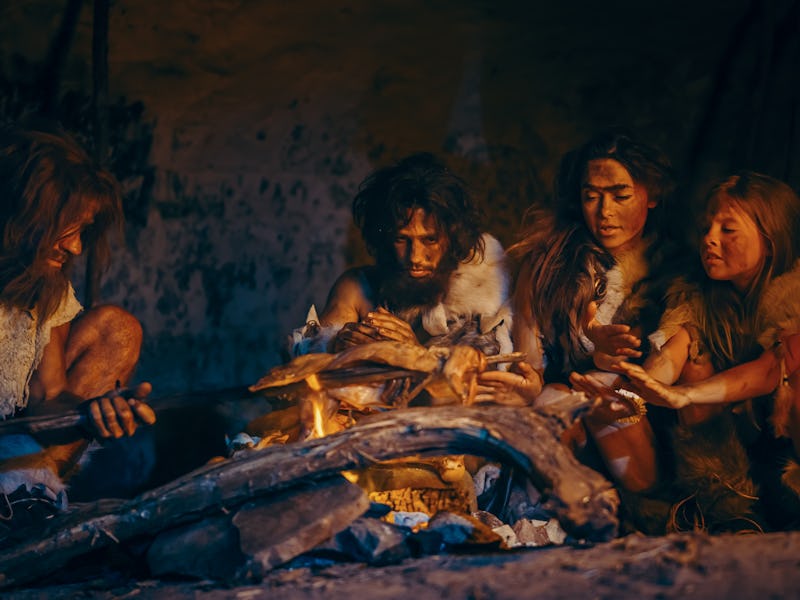The secrets of Neanderthal children
What Neanderthal babies looked like tells a new story.

While at-home tests can now reveal how much of your DNA is Neanderthal, scientists still don't understand exactly what it means for modern humans to have this genetic code in the first place. However, the latest research revealing what Neanderthal babies looked like and how they grew up is helping to change that.
Meanwhile, the discovery of the oldest-known sperm cells to date — no bigger than a poppy seed — has scientists rethinking reproduction all together.
With the latest research breakthroughs, spanning centuries and species, scientists are reminded that even the tiniest creatures on Earth can teach us big lessons about our own history.
In this episode of The Abstract, we discuss how fossil models and the oldest-known sperm sample are rewriting evolutionary history.
Our first story explores what Neanderthal babies might have looked like, findings that change how we visualize Neanderthals — but also how we see our own modern bodies, too.
Our second story is about the oldest sperm sample ever found. Entombed in amber during the cretaceous period, and hidden away in a collection for decades, sperm's evolutionary grandfather has scientists rethinking reproduction among species all together.
Read the original Inverse stories:
- Study reveals what Neanderthal babies might've looked like
- Scientists uncover the oldest sperm sample ever found
Where to find us:
- Subscribe to The Abstract wherever you listen to podcasts: iTunes | Spotify | TuneIn | RadioPublic | Stitcher
- Follow Sarah Wells on Twitter
- Follow Emma Betuel on Twitter
- Follow Inverse on Twitter
- We're hosted and produced by Tanya Bustos
—
Right now, facts and science matter more than ever. That's part of the reason for The Abstract, this all-new podcast from the Inverse staff that focuses exclusively on science and innovation. Three new episodes are released a week, and each covers one theme via two related stories. Each features audio of original Inverse reporting, where the facts and context take center stage. It's hosted by the Tanya Bustos of WSJ Podcasts. Because we're Inverse, it's all true but slightly off-kilter. It's made for people who want to know the whole story. —Nick Lucchesi, executive editor, Inverse
This article was originally published on